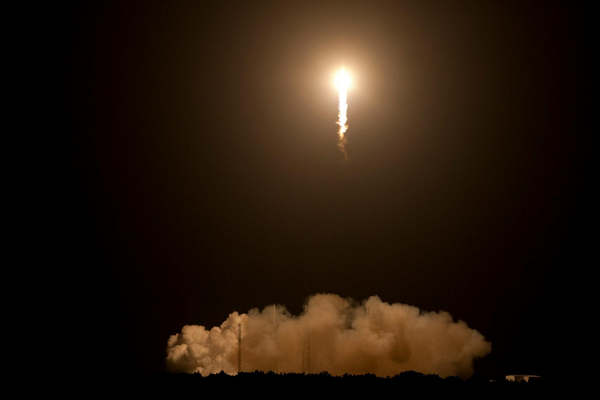
Authorities in New York have been accused by leading academics in France and Britain of repatriating fake Roman artefacts to Lebanon.
Eight out of nine mosaic panels that the US authorities recently returned to the Middle Eastern country are not what they seem, according to claims made by Djamila Fellague of the University of Grenoble.
She claims to have uncovered proof that forgers had copied designs from original mosaics in archaeological sites or museums in Sicily, Tunisia, Algeria and Turkey. “Eight of the nine ‘returned’ mosaic panels were fakes that [are] relatively easy to detect because the models used are famous mosaics,” says Fellague.
She singled out a panel depicting an Anguiped Giant, that she believes is based on a section of the famous mosaics in the Villa Romana del Casale in Sicily, a Unesco world heritage site.
She also claims to have discovered that a mosaic of Neptune and Amphitrite took as its main model a mosaic found in Constantine, Algeria, which has been in the Louvre in Paris since the mid-19th century. Of the other mosaics returned to Lebanon, she claims that there is only one example for which the forgers were inspired by an actual mosaic from Lebanon – a well-known depiction of Bacchus in the National Museum in Beirut.
Christos Tsirogiannis, a guest lecturer at the University of Cambridge and a leading expert in looted antiquities and trafficking networks, believes the evidence is irrefutable. He said that were the revelation to be shown to be true it would be extremely embarrassing for the office of the Manhattan district attorney (DA), which had announced the repatriation of antiquities to Lebanon on 7 September.
Its press release at the time stated that nine mosaics included in the repatriation ceremony were among dozens of Middle Eastern and north African antiquities that were allegedly brought into New York by a Lebanese antiquities trafficker.
In 2022, the DA’s antiquities trafficking unit (ATU) had obtained a warrant for their arrest and applied for a red notice from Interpol.
“Even if you are not an expert, if you put the fake next to the authentic mosaic, you see how similar they are, but also how the quality is actually not that good,” claims Tsirogiannis.
He added that the alleged forgers had made the mistake of copying well-known mosaics, which have been extensively photographed by tourists with images widely available on the internet and in academic publications. “The whole thing is crazy. The authorities continually do these things without consulting experts.”
Tsirogiannis leads research on illicit antiquities trafficking for the Unesco chair on threats to cultural heritage at the Ionian University in Corfu, Greece. Over 17 years, he has identified more than 1,700 looted objects, alerting police authorities and governments and helping to repatriate items.
As soon as Fellague saw photographs of the mosaics in the press and online, following the September announcement, she says she sensed that most were “obvious fakes”.
“At first I fought against this idea, telling myself that an investigation that led to a warrant arrest, a red notice from Interpol and a restitution to a country must have been the subject of a rigorous scientific study,” she said.
She started to investigate further: “Very quickly, while searching, I found the models used by the forgers to make the forgeries.”
She said: “In the press and official press releases – on both the American and Lebanese sides – there has never been any scientific justification to prove that the mosaics were Roman, looted and plundered precisely in Lebanon.”
Before being seized by the US authorities in 2021, one of the mosaic panels was offered for sale in 2018 in a New York gallery, with an estimate of less than $20,000.
Fellague suspects that a forgers’ mosaic workshop was located somewhere in the Middle East, probably in the 1970s and 1980s, judging from other pieces that have surfaced on the art market.
A DA spokesman denied the accusations. “In order for these antiquities to be repatriated a court had to evaluate our evidence, which included expert analysis about their authenticity and significant details about how they were illegally trafficked. The court found based on the evidence – which these individuals do not have – that the pieces are authentic.”







